TR-069, short for CPE WAN Management Protocol, is a network management standard developed by the Broadband Forum (formerly DSL Forum). This protocol enables remote management and configuration of customer-premises equipment (CPE), such as home routers, modems, and IoT devices, over broadband networks. Below is an in-depth look at its functions, working principles, and applications, tailored for U.S. English SEO.
Core Functions of TR-069
- Remote Configuration & Management
Internet service providers (ISPs) use TR-069 to remotely adjust CPE settings—like network parameters, Wi-Fi credentials, or security protocols—without requiring user intervention. This streamlines setup for end-users and reduces technical support requests. - Real-Time Monitoring & Fault Detection
The protocol allows ISPs to monitor CPE performance metrics (e.g., uptime, data usage, port status) and receive automatic alerts for device failures. This proactive approach speeds up troubleshooting and minimizes service downtime. - Bulk Management & Firmware Upgrades
TR-069 supports mass deployment and firmware updates for hundreds or thousands of CPE devices, optimizing operational efficiency and ensuring all devices run the latest security patches.
How TR-069 Works: Architecture & Protocols
- Client-Server Model
CPE devices act as clients that initiate connections to an ISP’s Auto-Configuration Server (ACS). The ACS then sends management commands to the CPE over these persistent connections. - Data Transmission & Formatting
TR-069 uses HTTP/HTTPS for secure data transfer and employs XML to structure management messages, ensuring compatibility across different device types and easy integration with existing network systems. - Security Mechanisms
The protocol incorporates digital certificates and authentication protocols to prevent unauthorized access. This safeguards sensitive user data and ensures only legitimate ACS servers can manage CPE devices.
Key Applications of TR-069
- Residential Network Management
ISPs use TR-069 to configure home routers for features like parental controls, Quality of Service (QoS), or VPN settings. It also enables remote resetting of devices during broadband outages. - Enterprise Network Solutions
Businesses leverage TR-069 to centralize management of branch office routers, firewalls, and switches. This allows IT teams to deploy network policies, monitor traffic, and enforce security standards at scale. - IoT & Smart Device Management
TR-069 is increasingly used in IoT ecosystems to manage connected devices—such as smart home hubs or industrial sensors—especially in scenarios requiring remote maintenance for large fleets.
Why TR-069 Matters for Users & ISPs
- User Benefits
- No need to manually configure complex network settings, reducing setup barriers for non-technical users.
- Faster issue resolution via remote diagnostics, minimizing service disruptions.
- ISP Advantages
- Lower operational costs through automated device management.
- Improved service quality via proactive monitoring and consistent configuration across all devices.
- Security Considerations
Users should ensure their CPE devices only connect to verified ACS servers to avoid phishing or unauthorized access. ISPs must also implement robust security measures to protect user data transmitted via TR-069.
Evolution & Related Protocols
The Broadband Forum continues to enhance TR-069 to support emerging technologies, such as 5G integration and cloud-based network management. Complementary standards like TR-369 extend its capabilities to cover broader network architectures and more complex device ecosystems.
For technical specifications or implementation guides, visit the Broadband Forum’s official website. Stay updated on TR-069 advancements to optimize network management efficiency in residential, enterprise, and IoT environments.



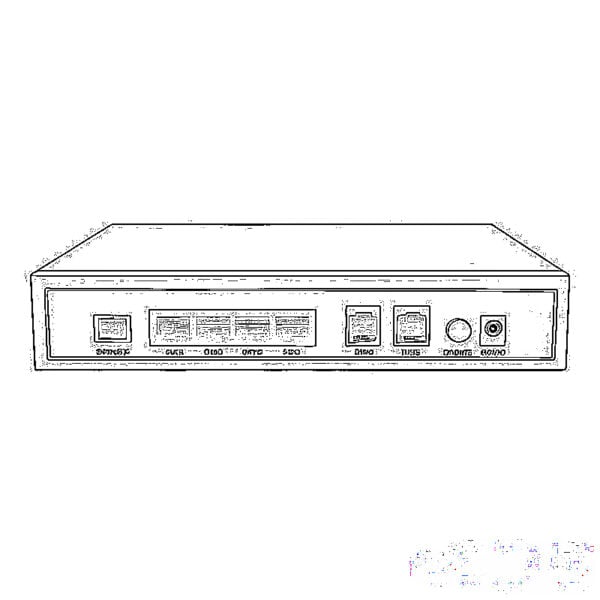

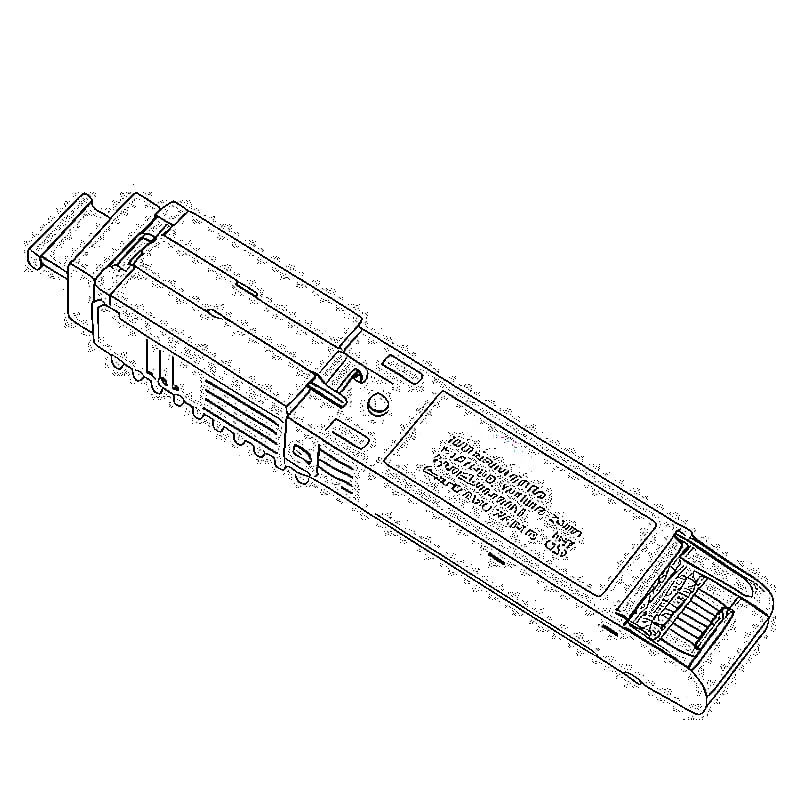
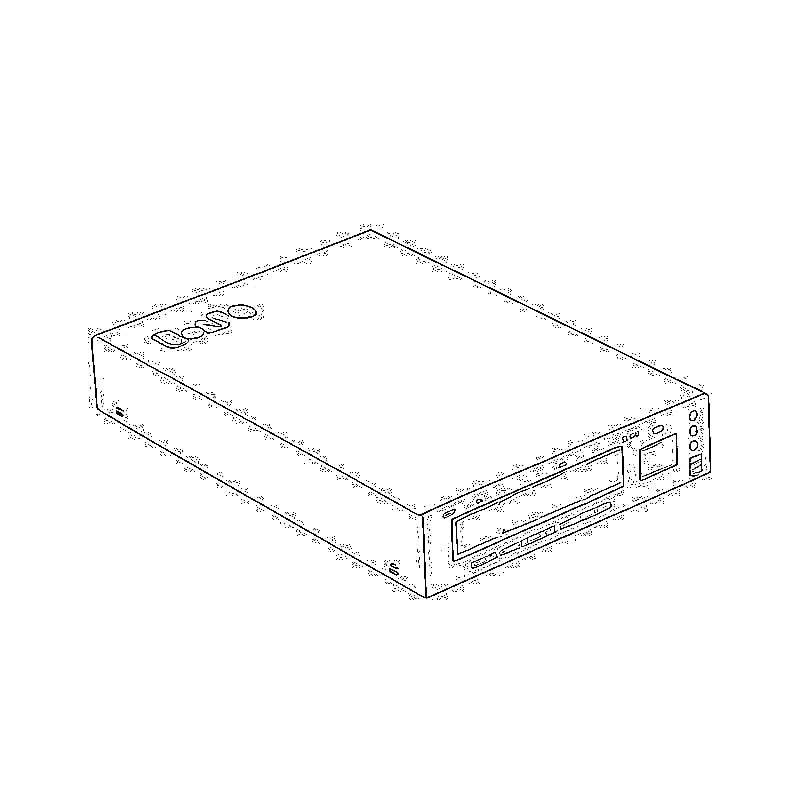
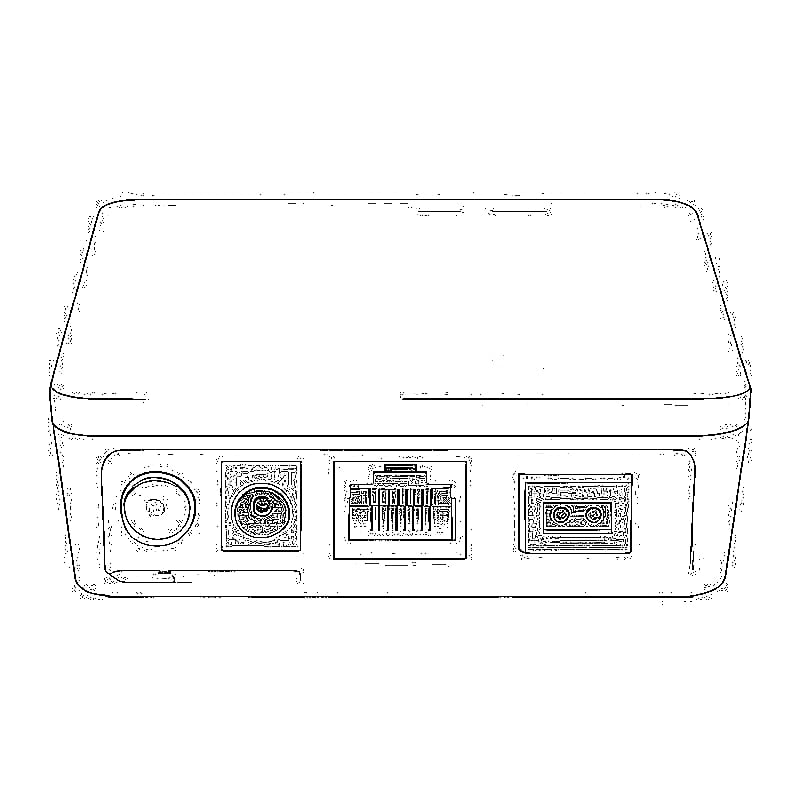
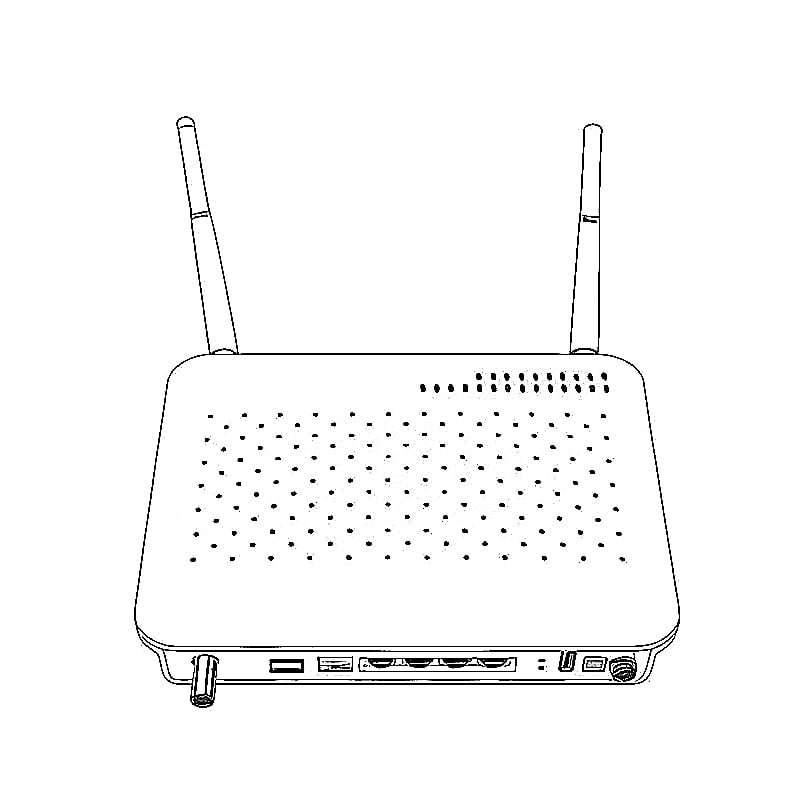
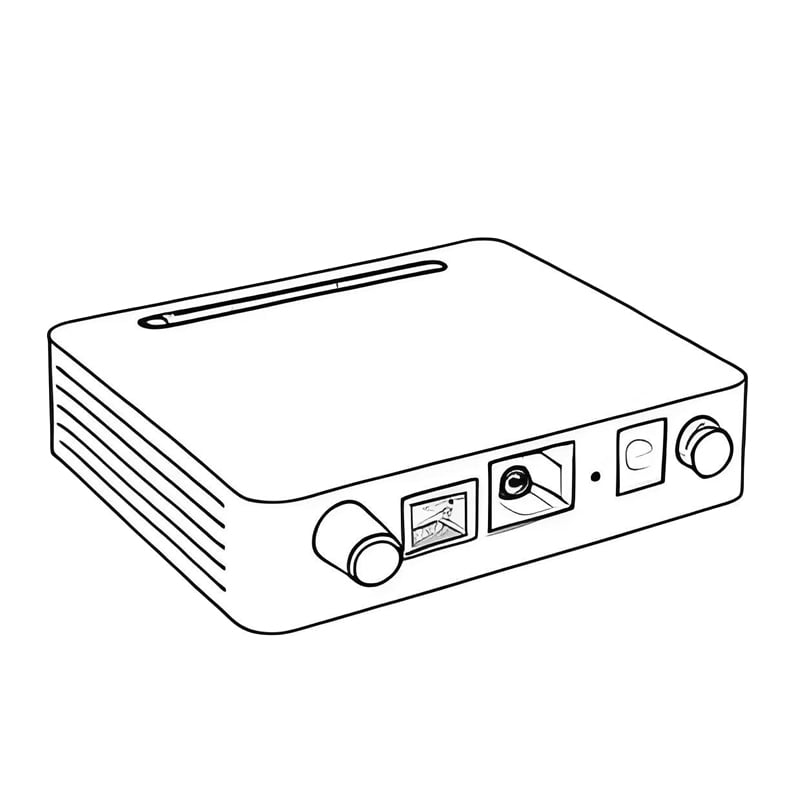
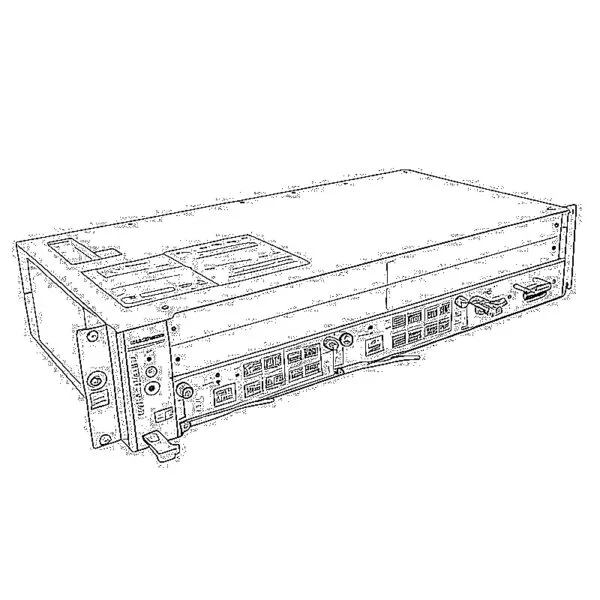
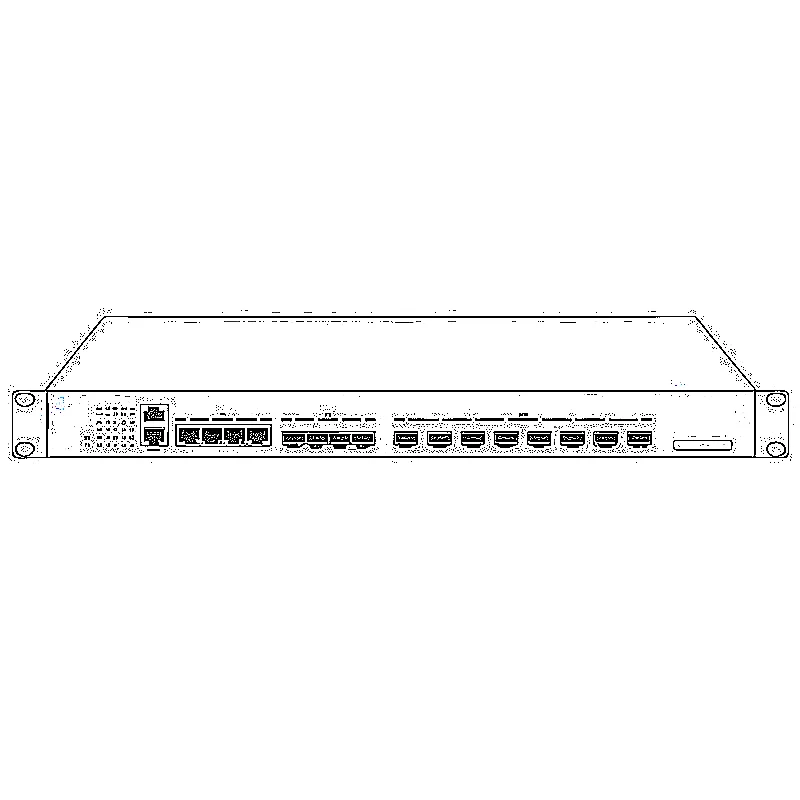
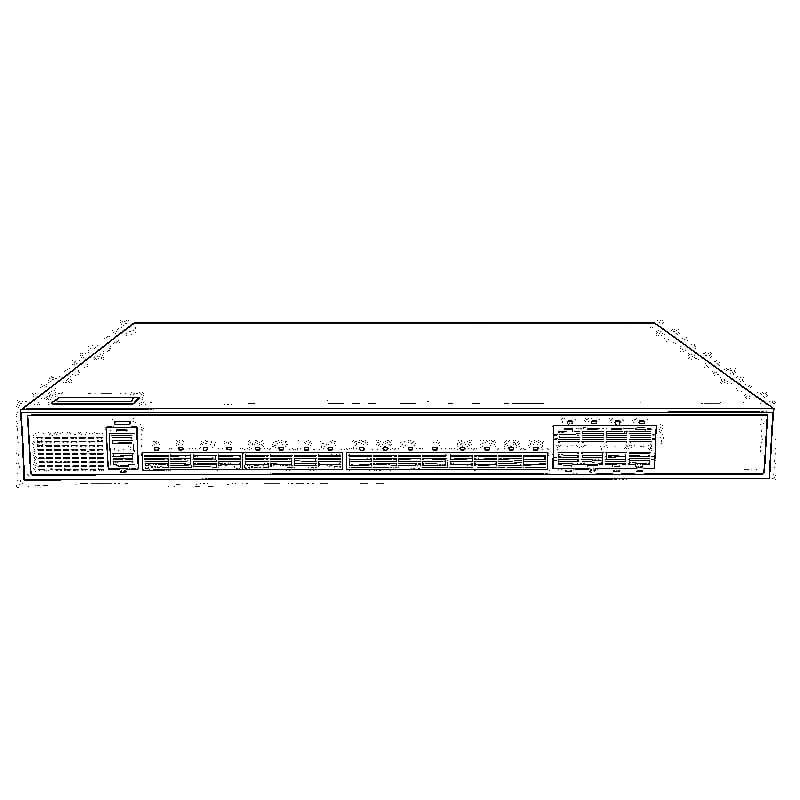

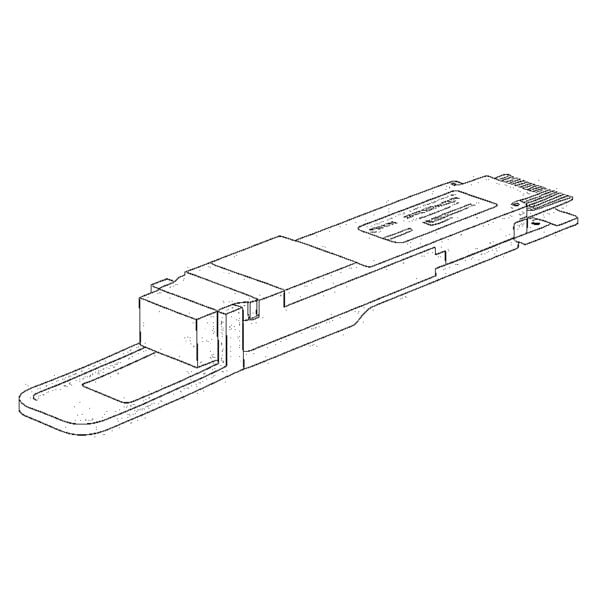
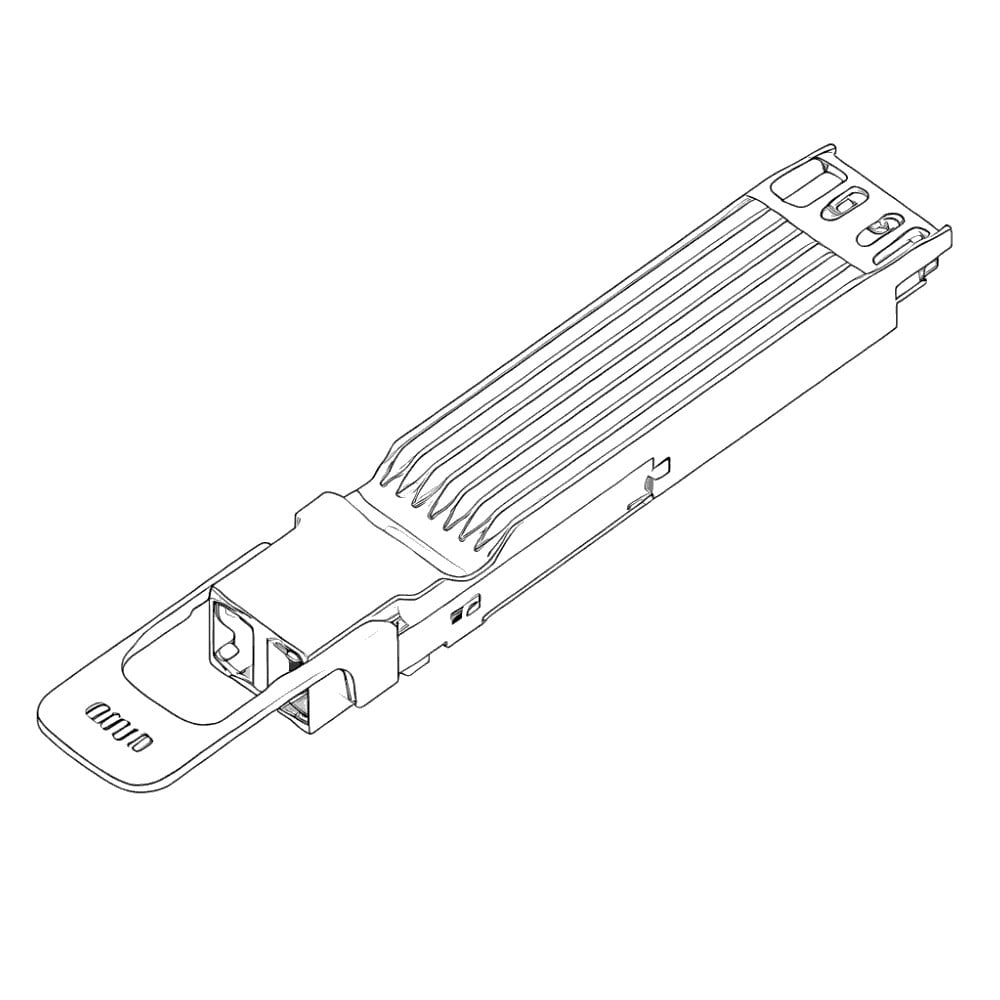
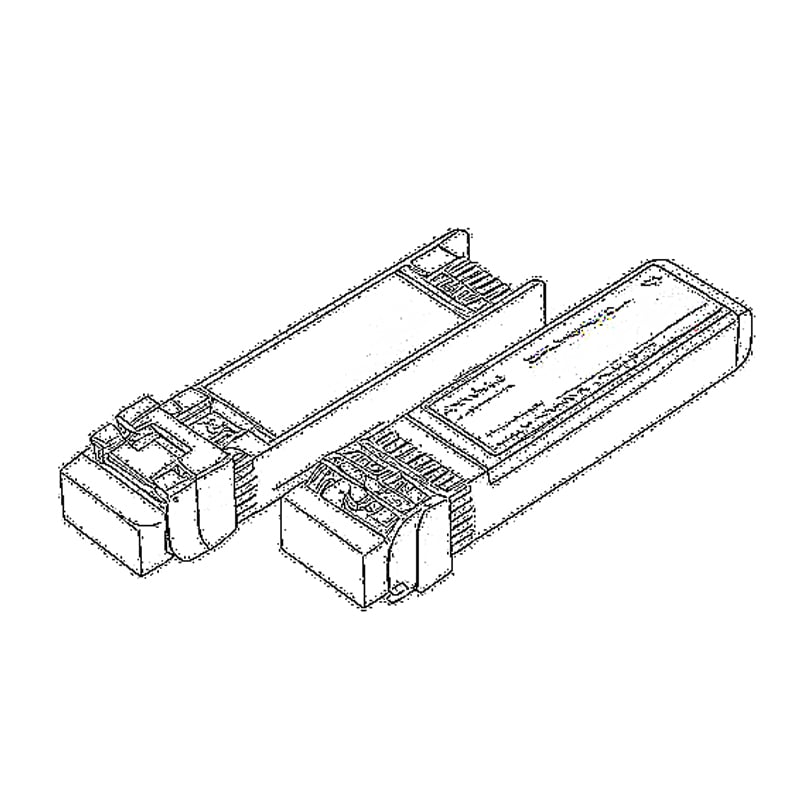
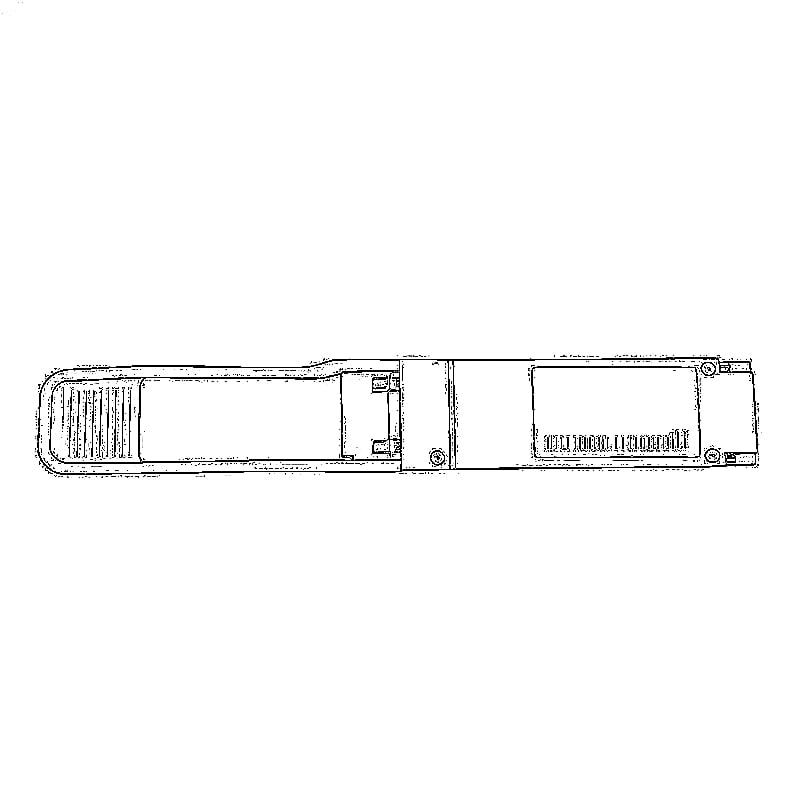



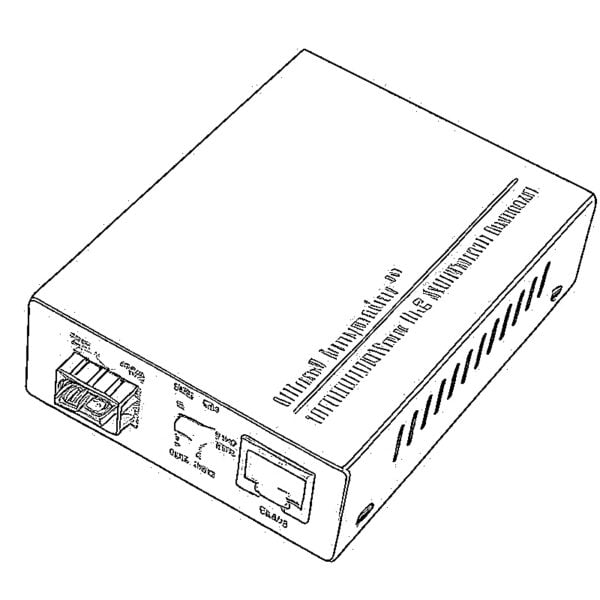
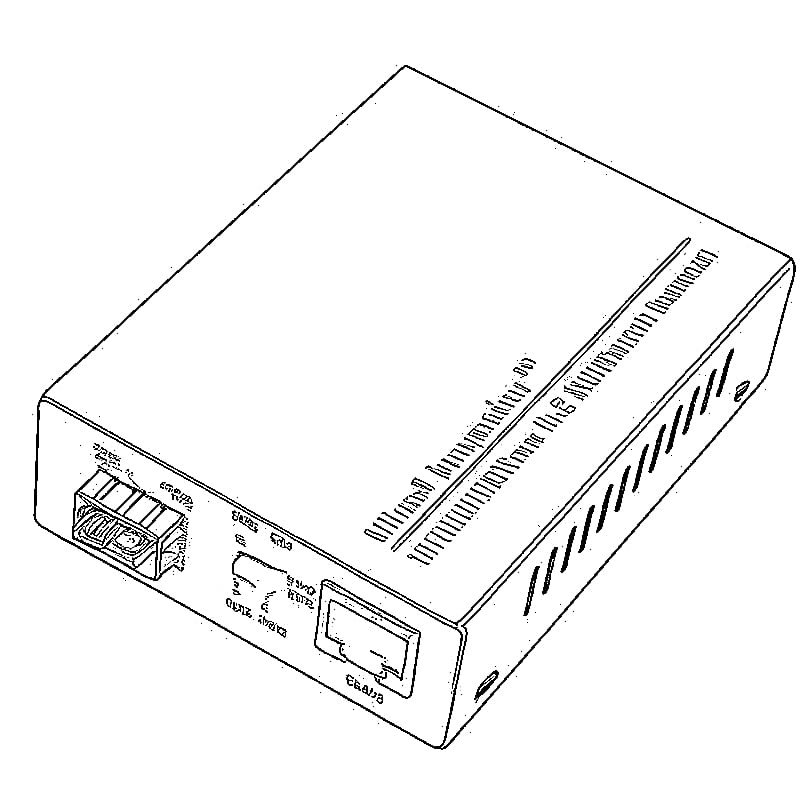
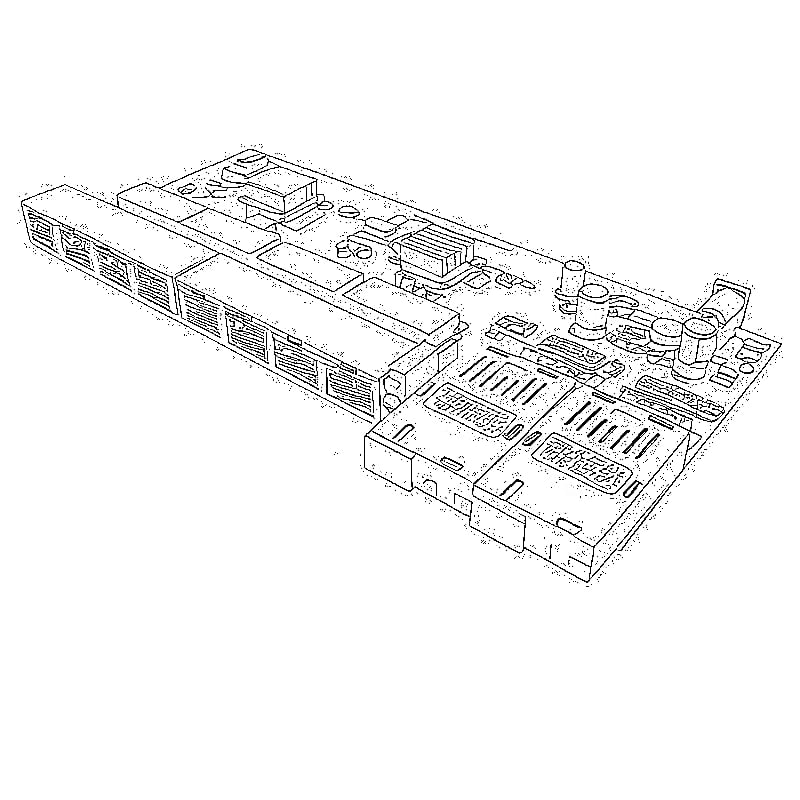
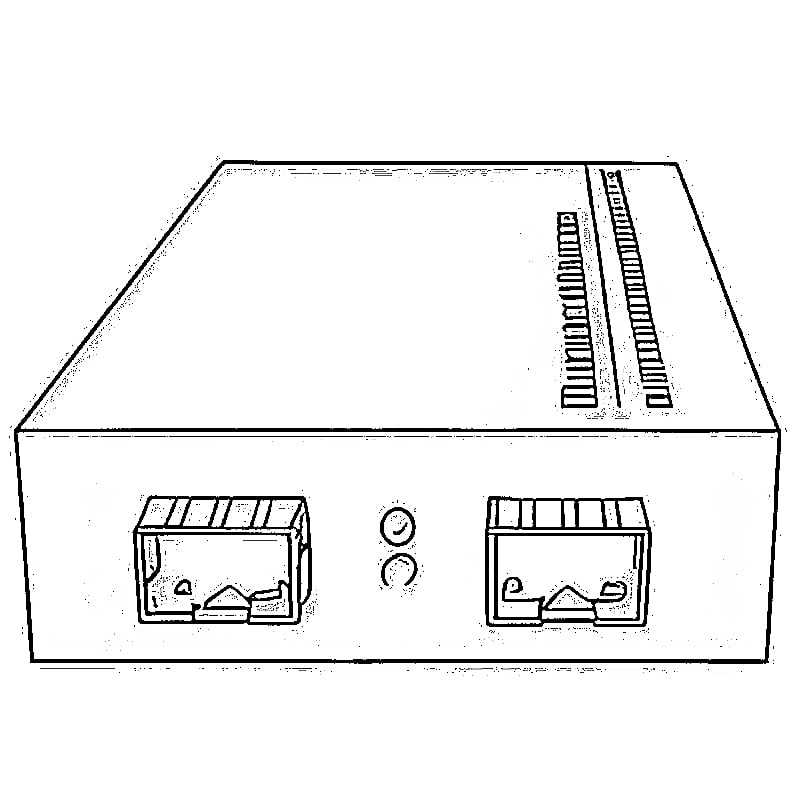
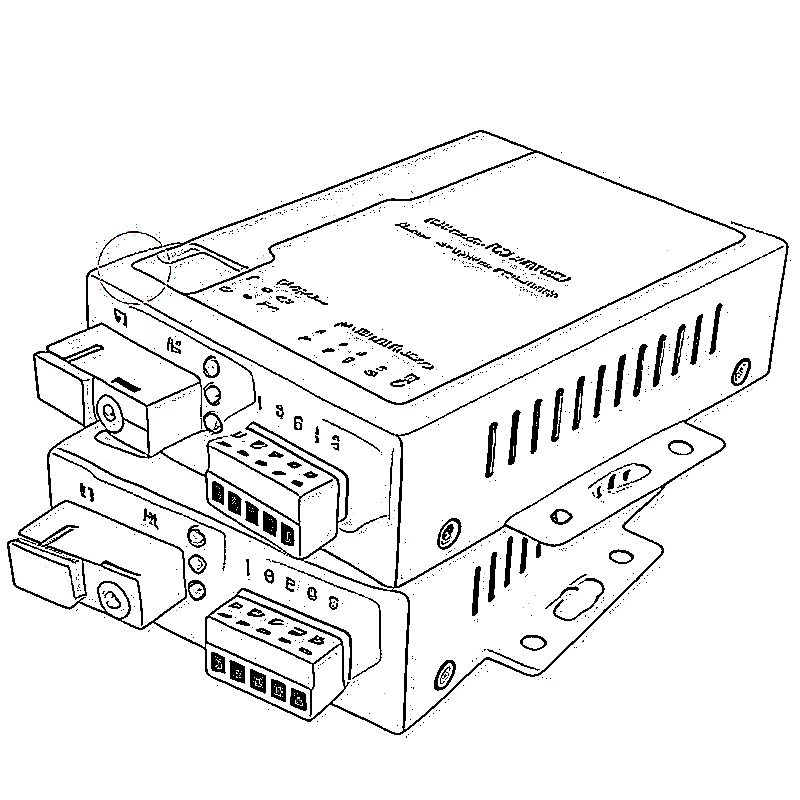
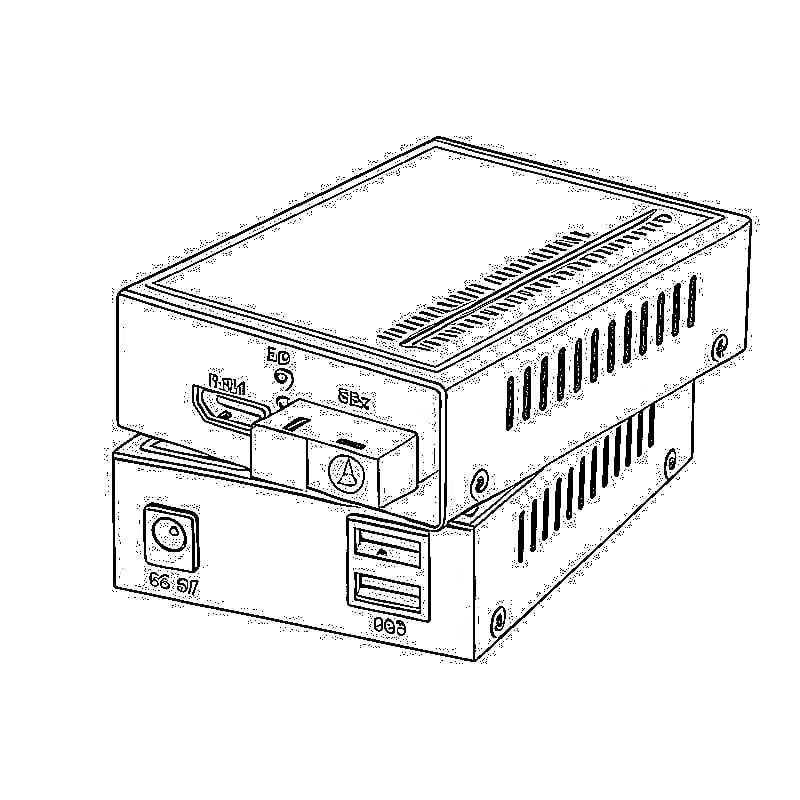

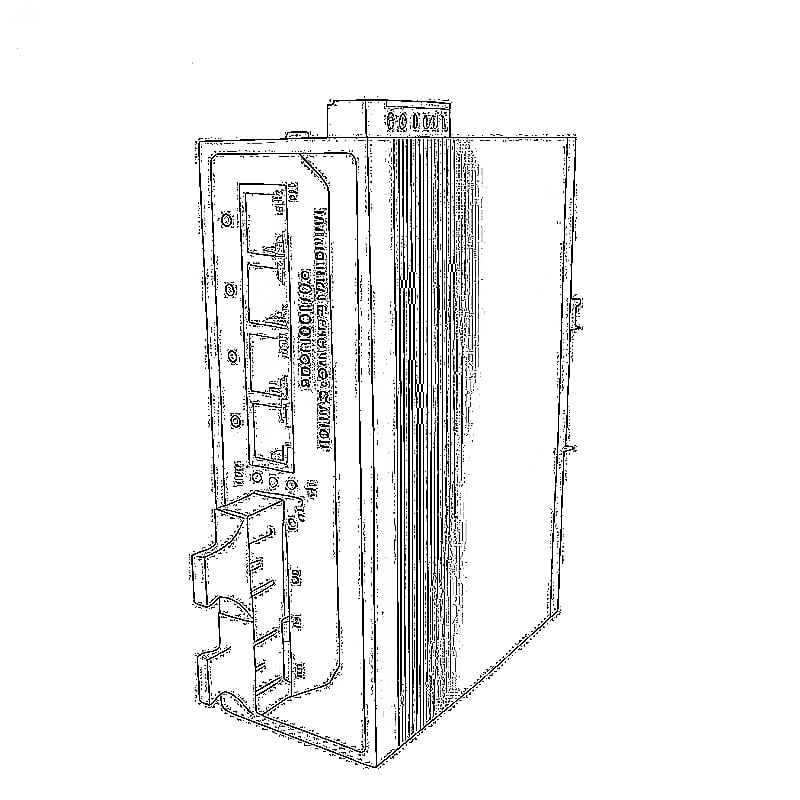

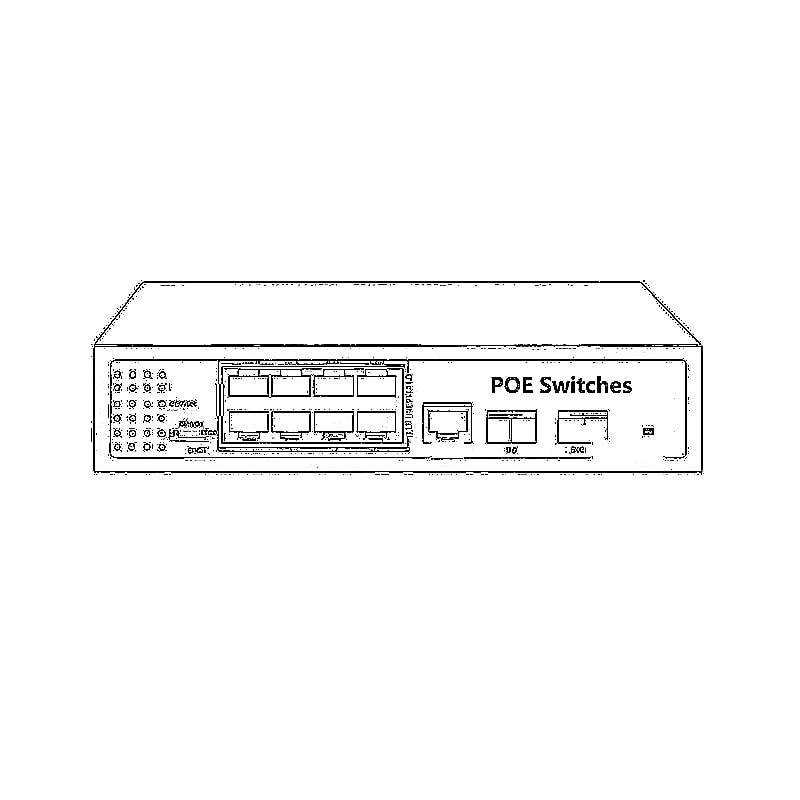
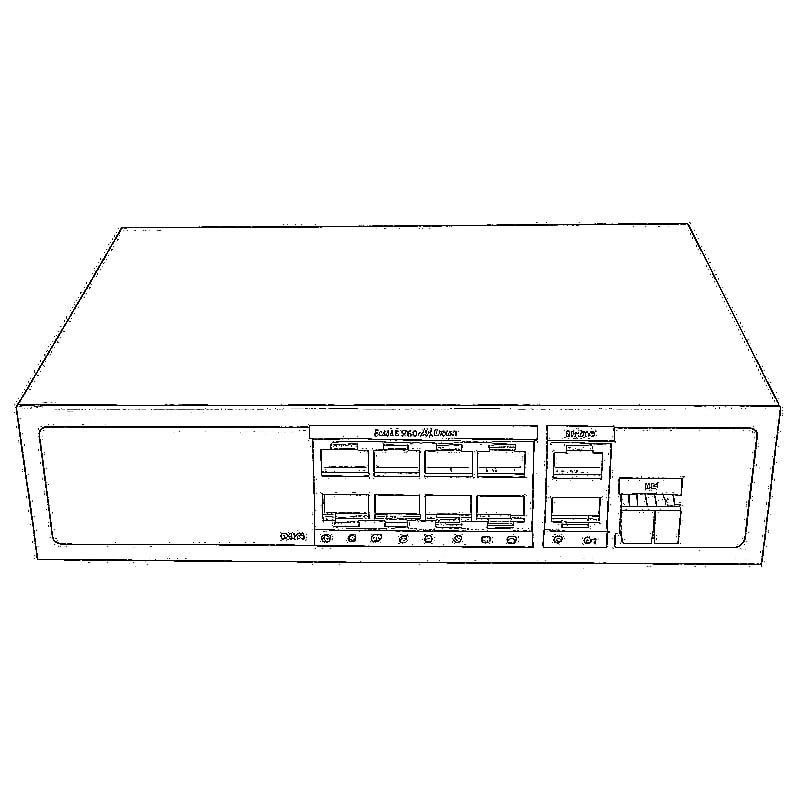


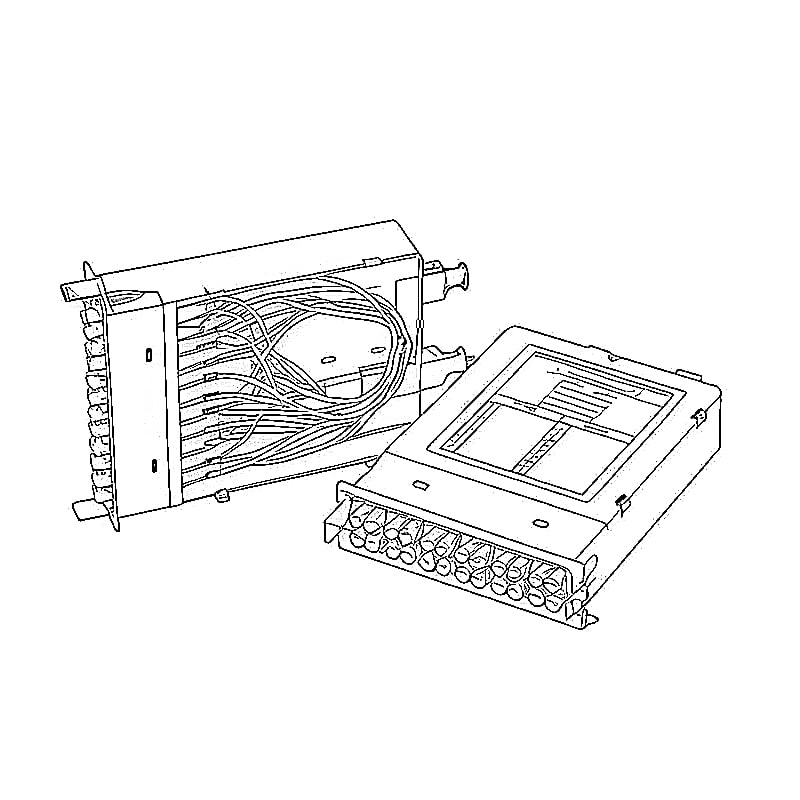
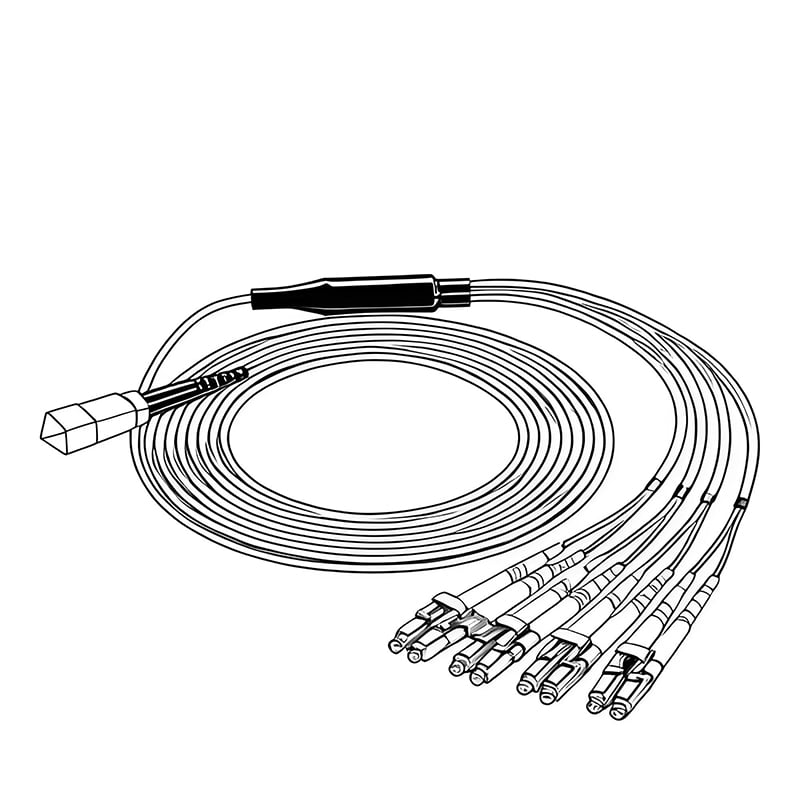
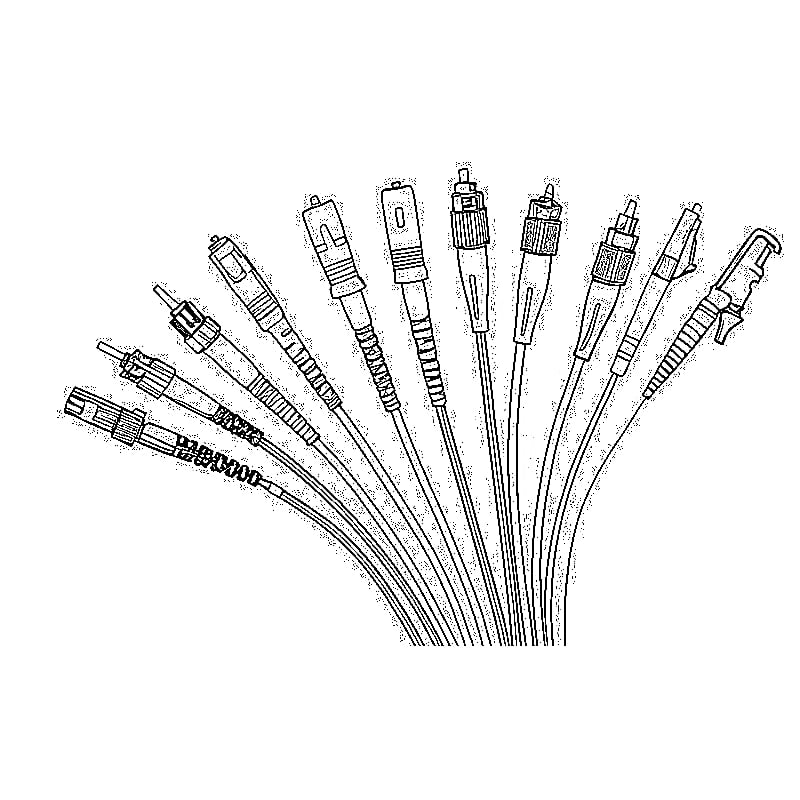
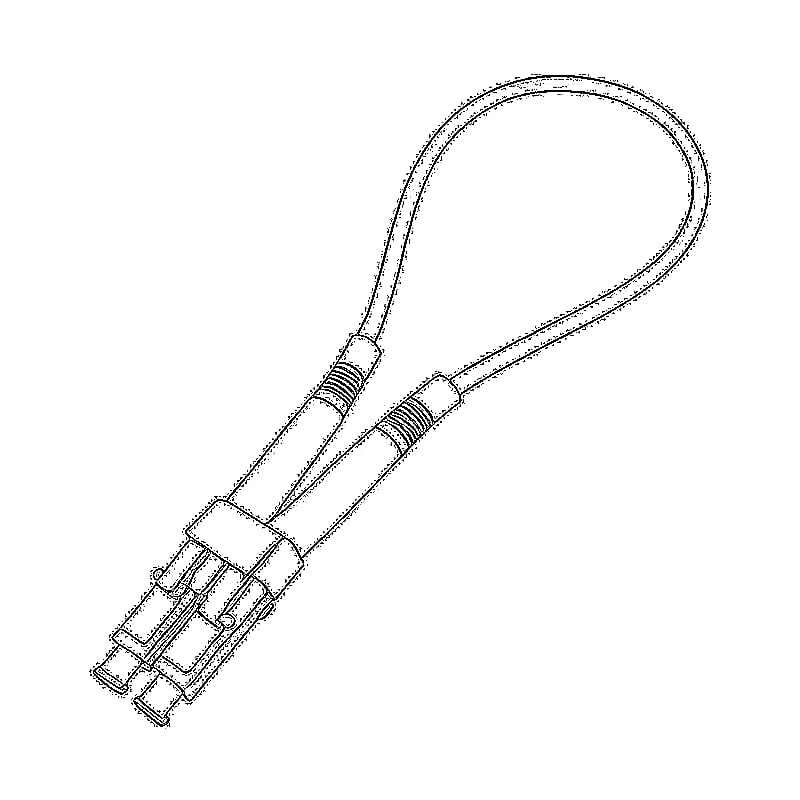


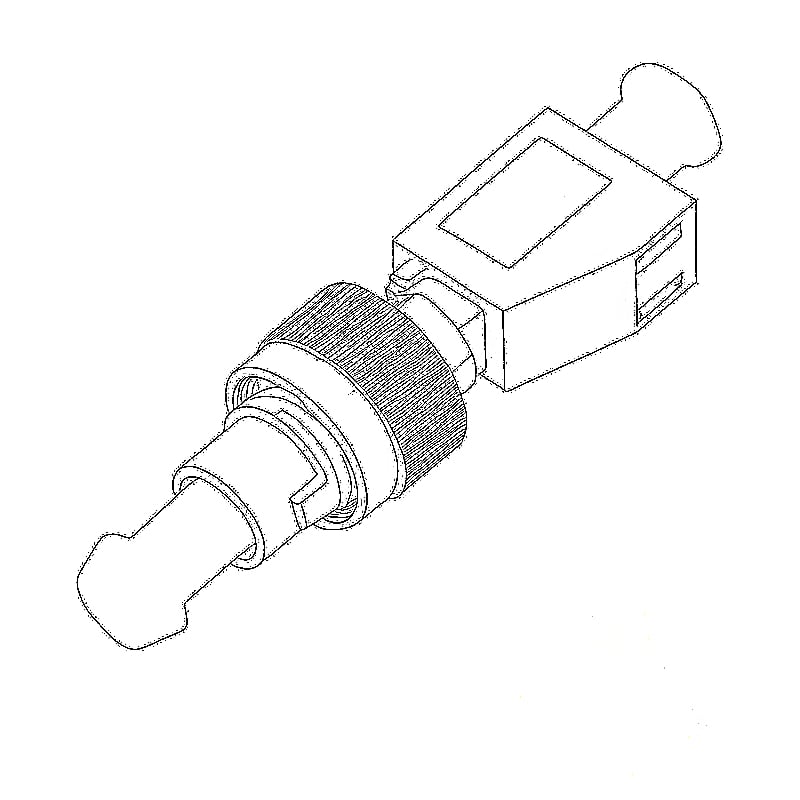
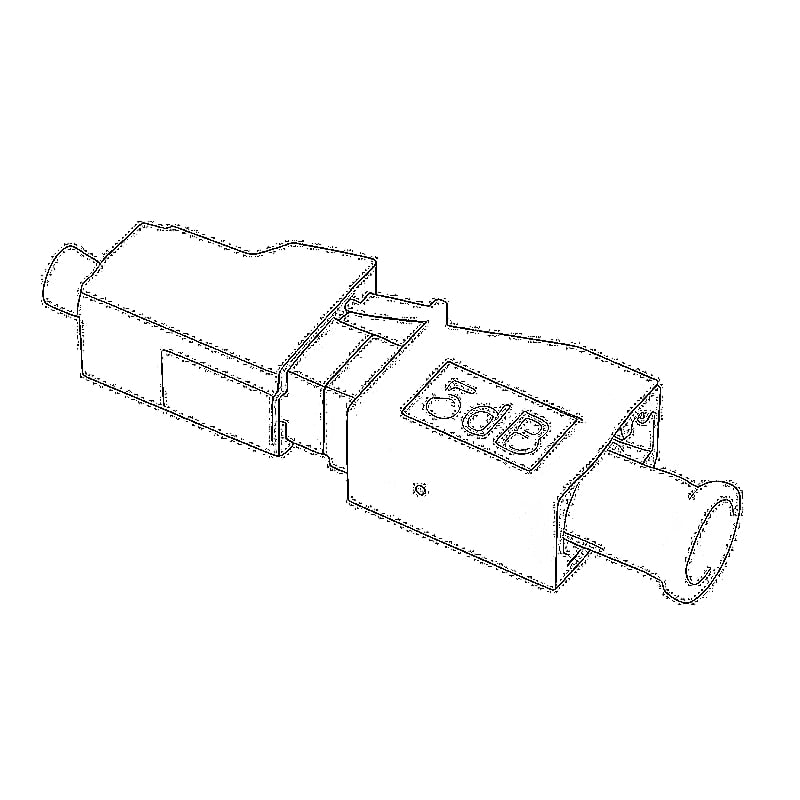

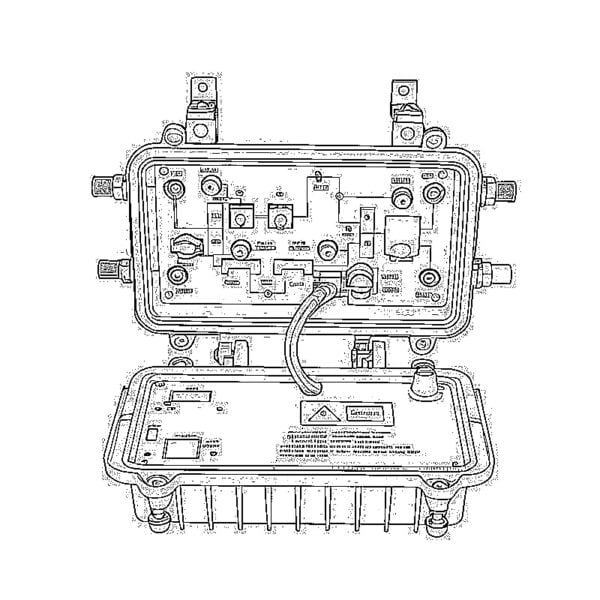
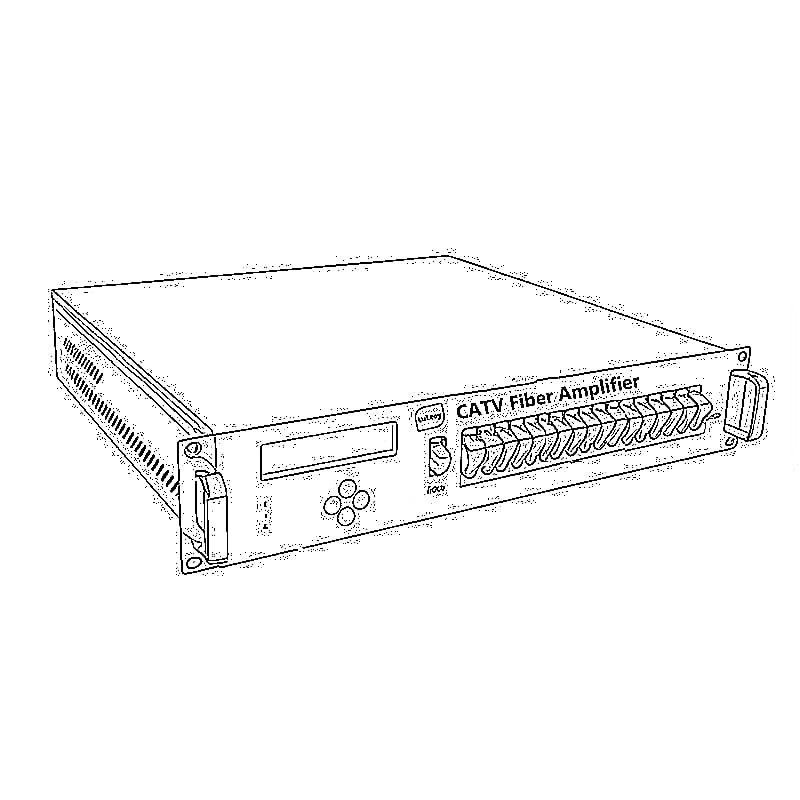

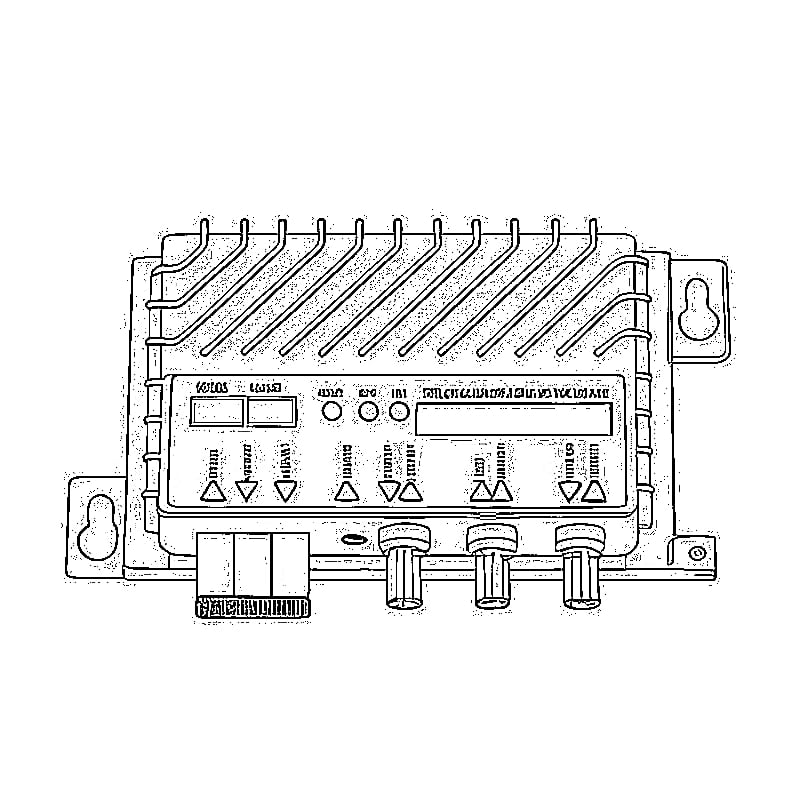

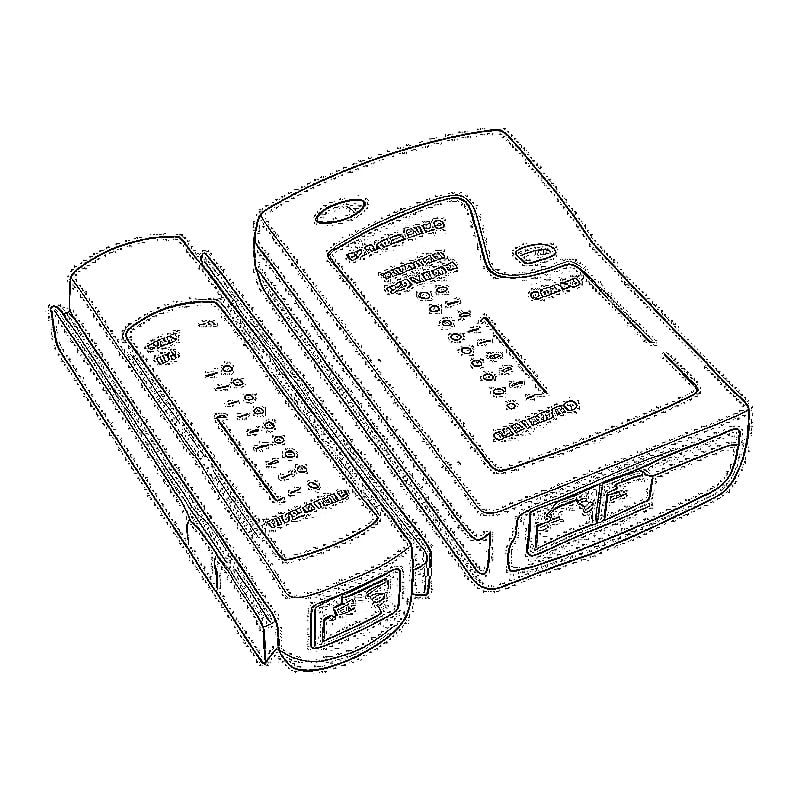
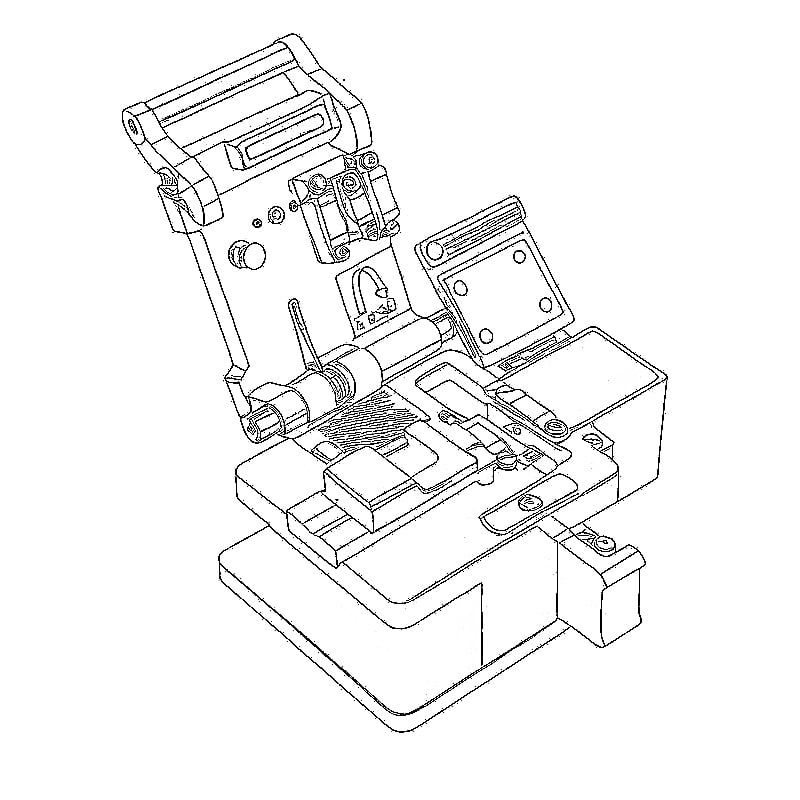
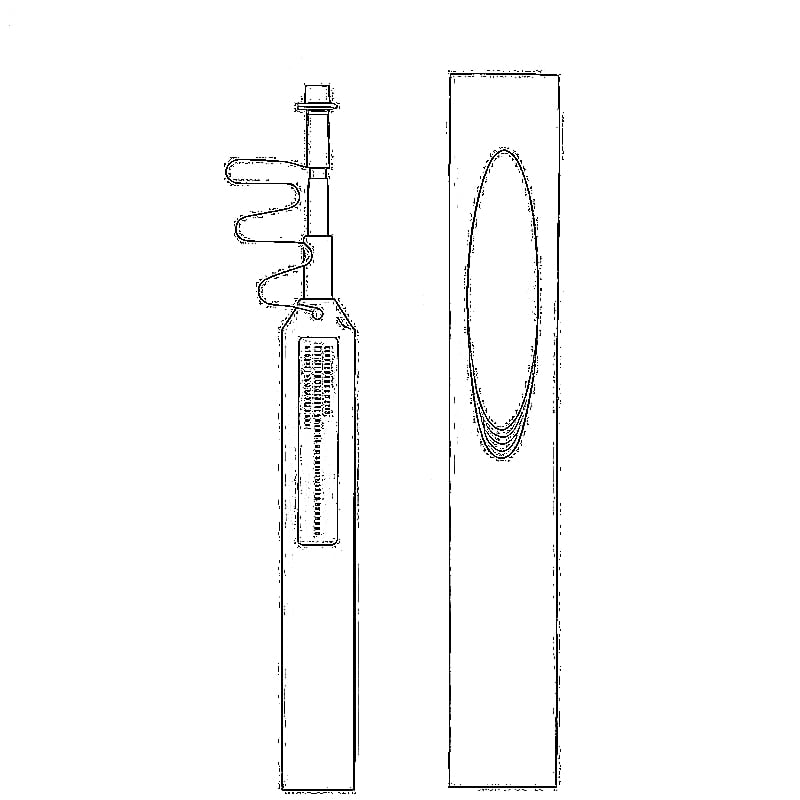




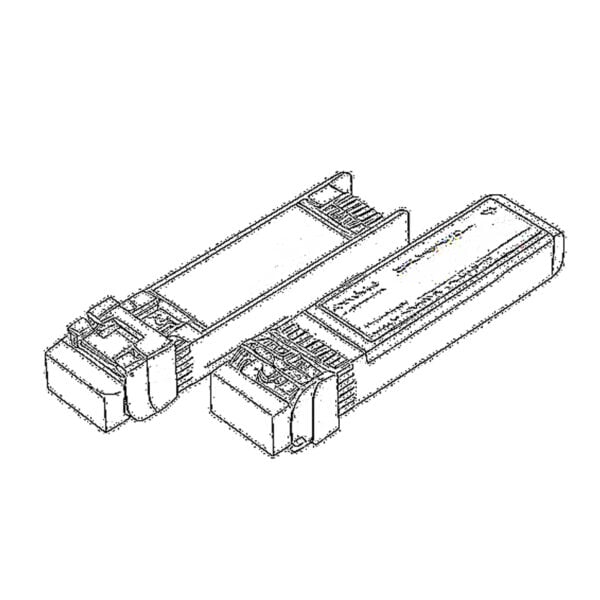 SFP/SFP+ (1G/2.5G/5G/10G)
SFP/SFP+ (1G/2.5G/5G/10G) SFP-T (1G/2.5G/10G)
SFP-T (1G/2.5G/10G) AOC Cable 10G/25G/40G/100G
AOC Cable 10G/25G/40G/100G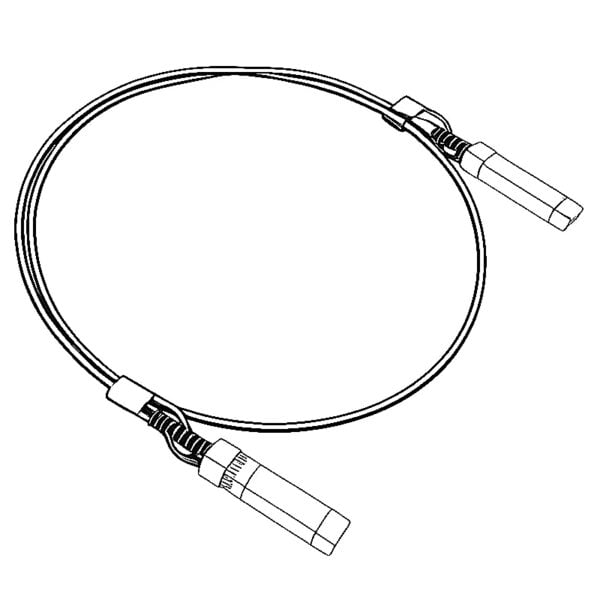 DAC Cable 10G/25G/40G/100G
DAC Cable 10G/25G/40G/100G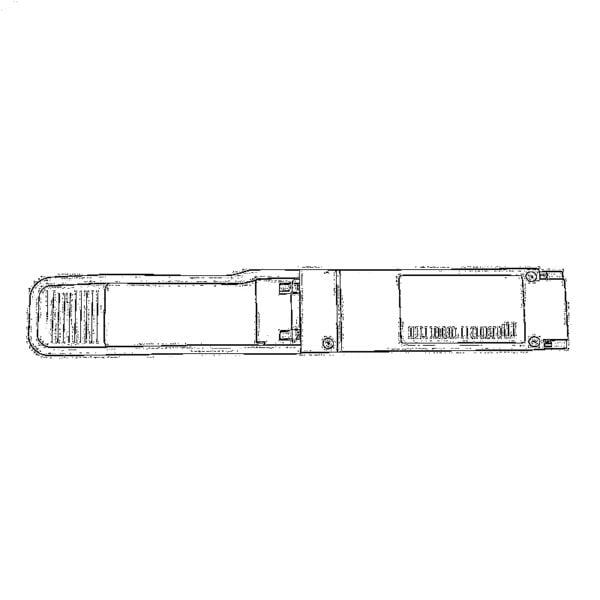 QSFP28 QSFP+ SFP28 100G/40G/25G
QSFP28 QSFP+ SFP28 100G/40G/25G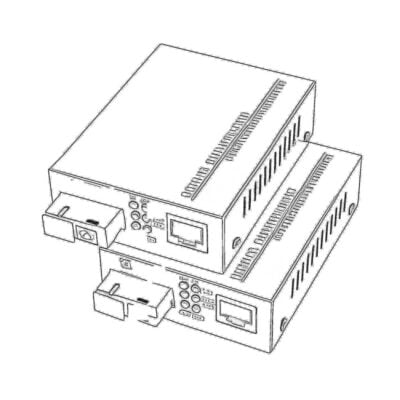 Copper to Fiber Media Converters
Copper to Fiber Media Converters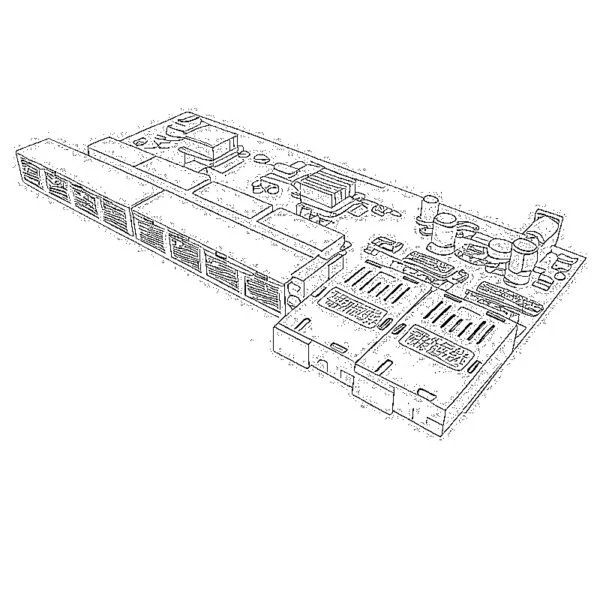 Fiber Media Converter PCBA Board
Fiber Media Converter PCBA Board OEO Fiber Media Converters
OEO Fiber Media Converters Serial to Fiber Media Converters
Serial to Fiber Media Converters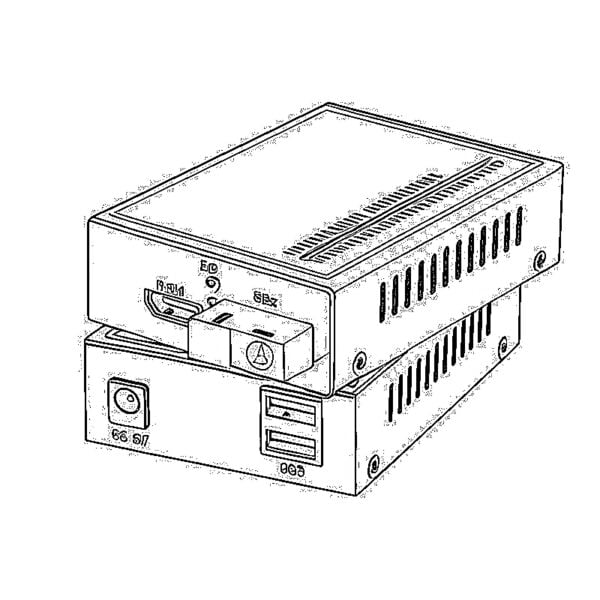 Video to Fiber Media Converters
Video to Fiber Media Converters 1000M GPON/EPON ONU
1000M GPON/EPON ONU 10G EPON ONU/XG-PON/XGS-PON
10G EPON ONU/XG-PON/XGS-PON 2.5G GPON/XPON STICK SFP ONU
2.5G GPON/XPON STICK SFP ONU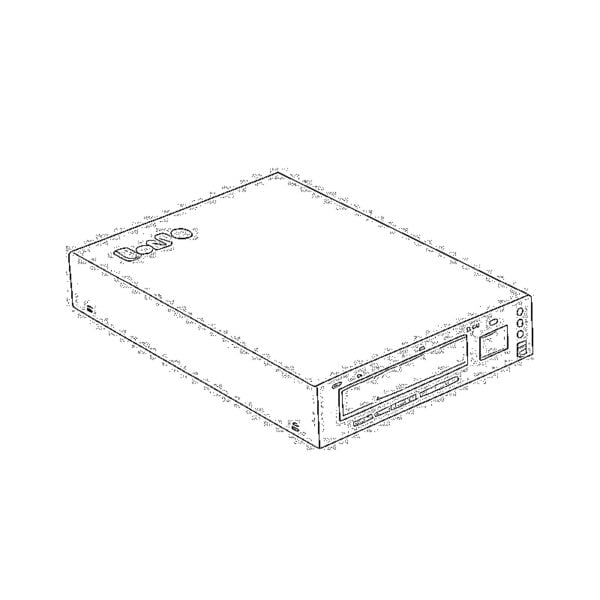 POE GPON/EPON ONU
POE GPON/EPON ONU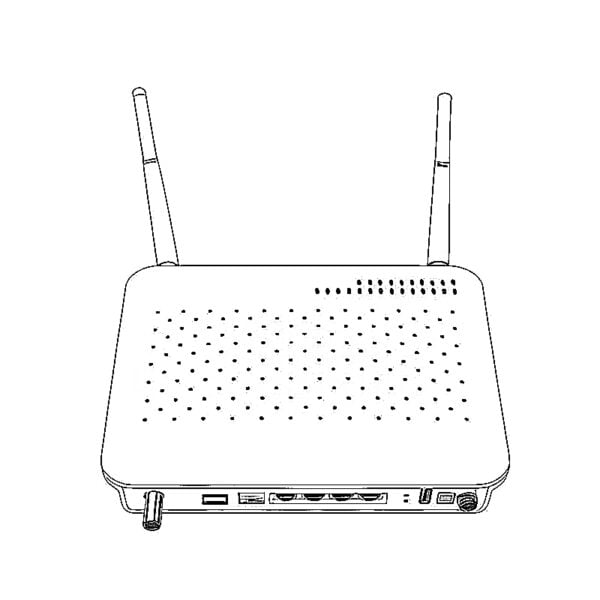 Wireless GPON/EPON ONT
Wireless GPON/EPON ONT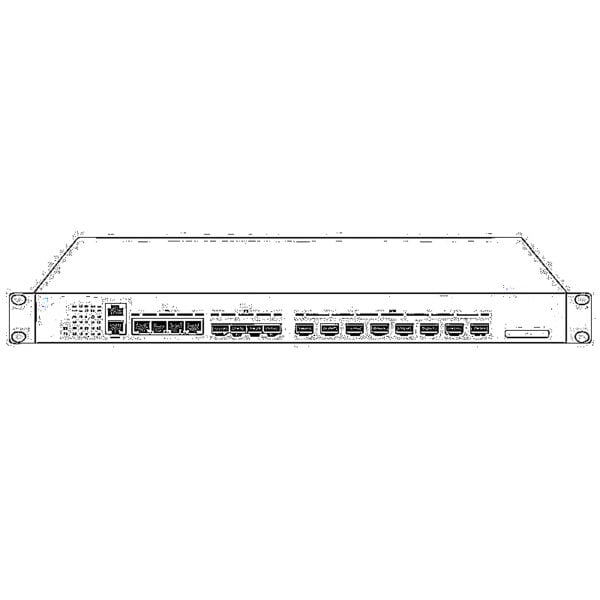 EPON OLT
EPON OLT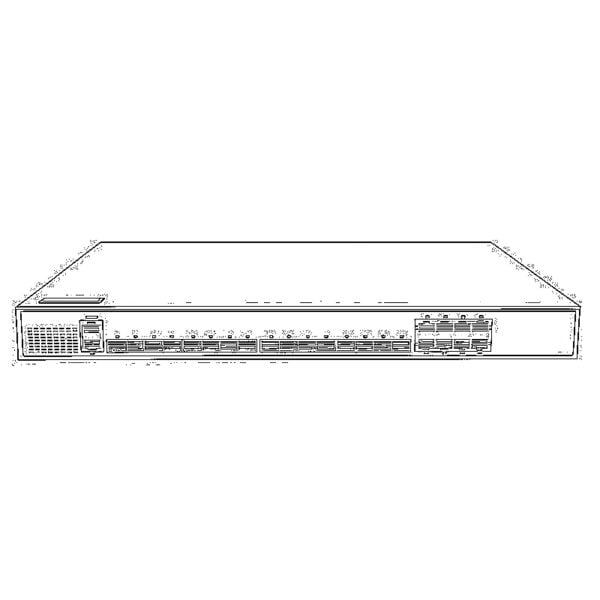 GPON OLT
GPON OLT SFP PON Module
SFP PON Module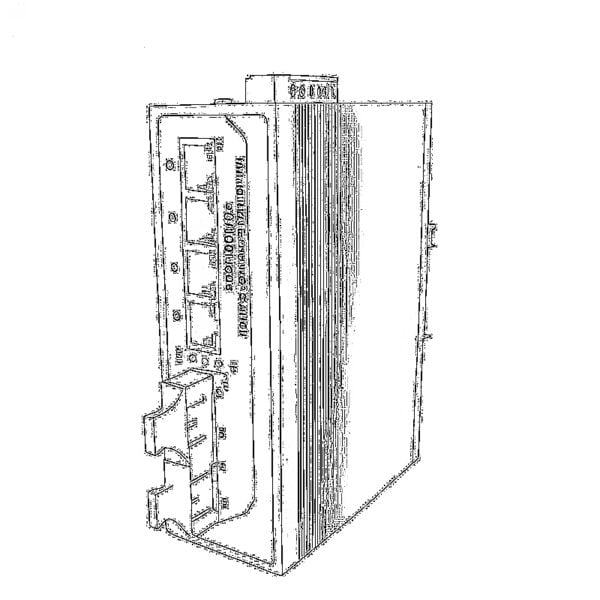 Industrial Switches
Industrial Switches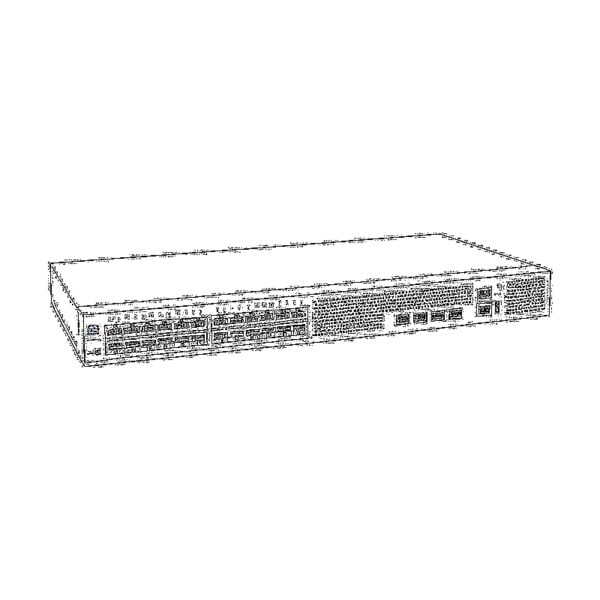 Managed Switches
Managed Switches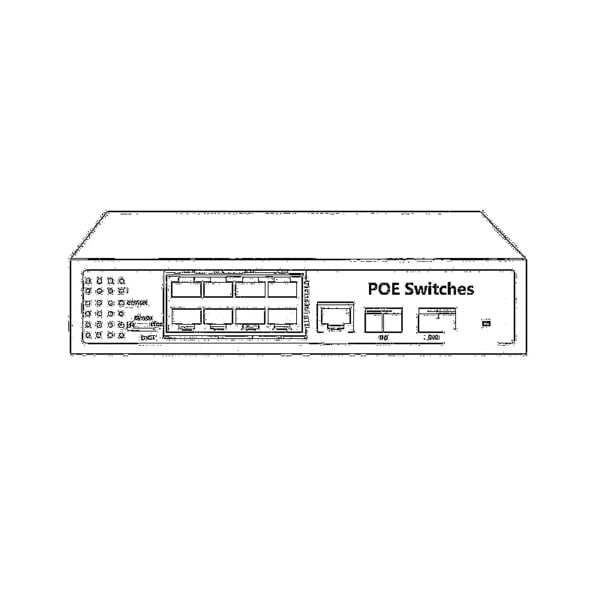 POE Switches
POE Switches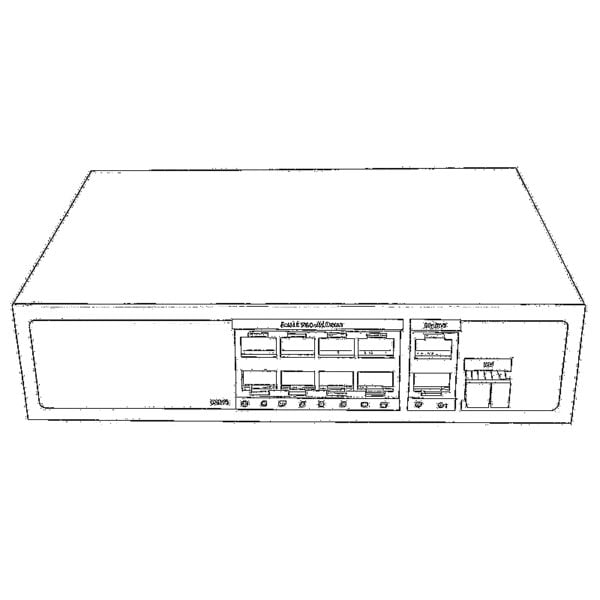 Unmanaged Switches
Unmanaged Switches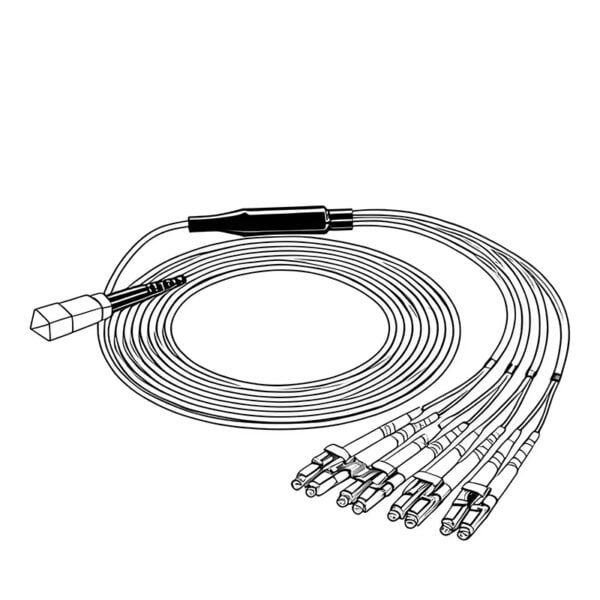 MTP/MPO Fiber Cables
MTP/MPO Fiber Cables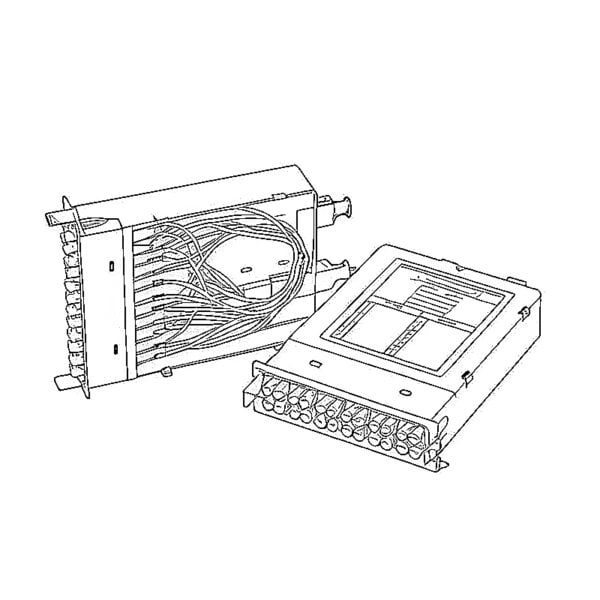 Fiber Optic Cassettes
Fiber Optic Cassettes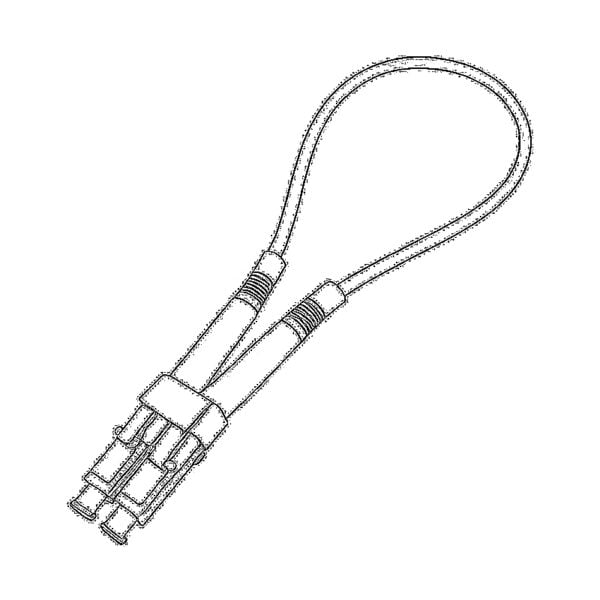 Fiber Optic Loopback
Fiber Optic Loopback Optic Cables and Fiber Pigtails
Optic Cables and Fiber Pigtails Optical Splitters and Splitter Box
Optical Splitters and Splitter Box Fiber Flange Connectors
Fiber Flange Connectors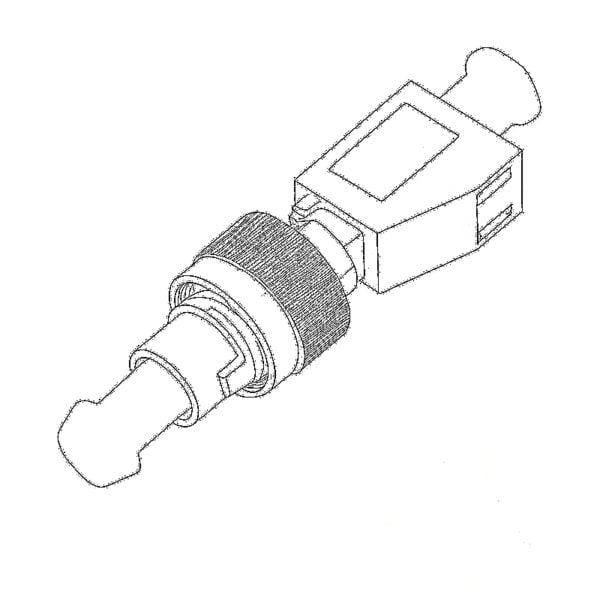 Optical Adapters
Optical Adapters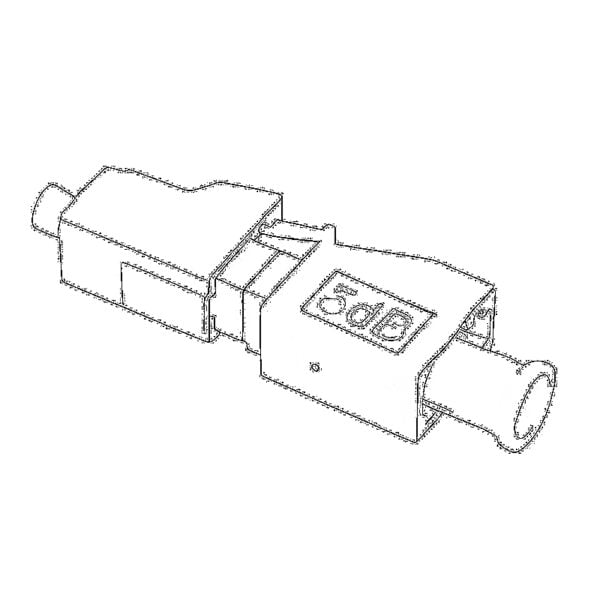 Optical Attenuator
Optical Attenuator Quick Connector and Connector Panel
Quick Connector and Connector Panel CATV Amplifier
CATV Amplifier CATV Optical Receiver
CATV Optical Receiver Visual Fault Locator
Visual Fault Locator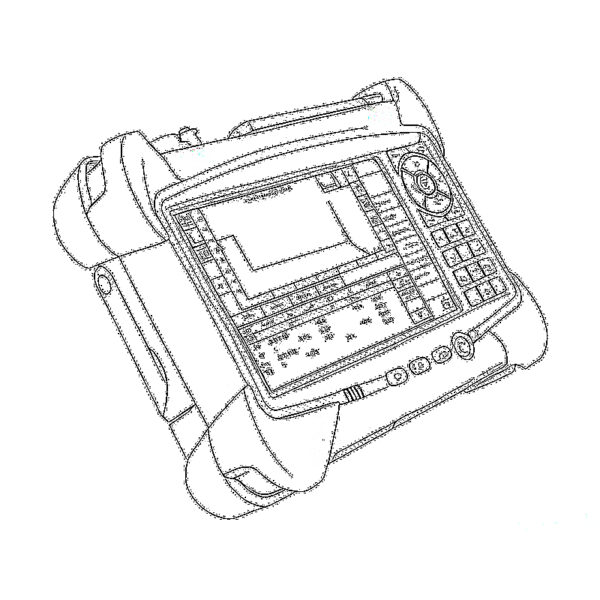 OTDR
OTDR Optical Power Meter
Optical Power Meter Fiber Optic Identifier
Fiber Optic Identifier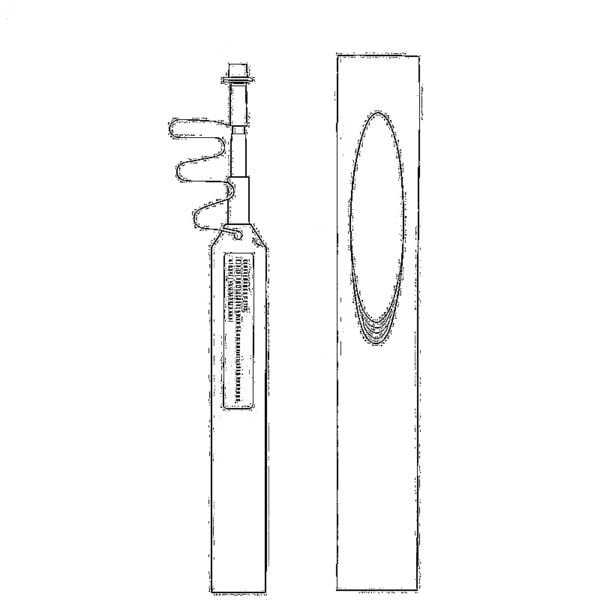 Fiber Optic Cleaners
Fiber Optic Cleaners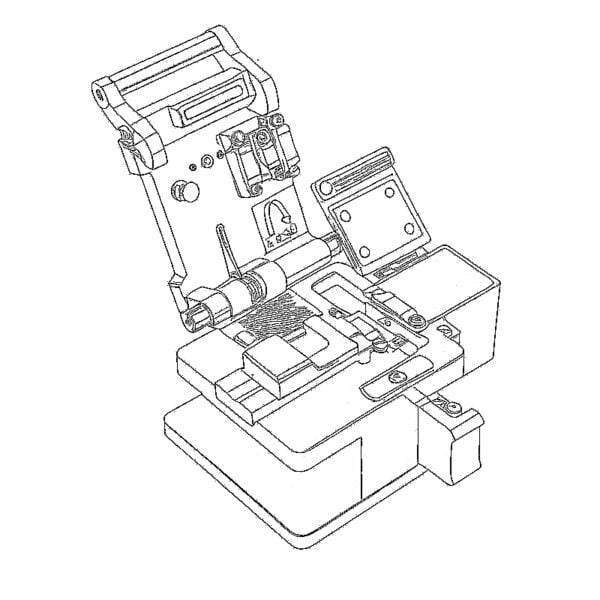 Fiber Cleavers & Fiber Strippers
Fiber Cleavers & Fiber Strippers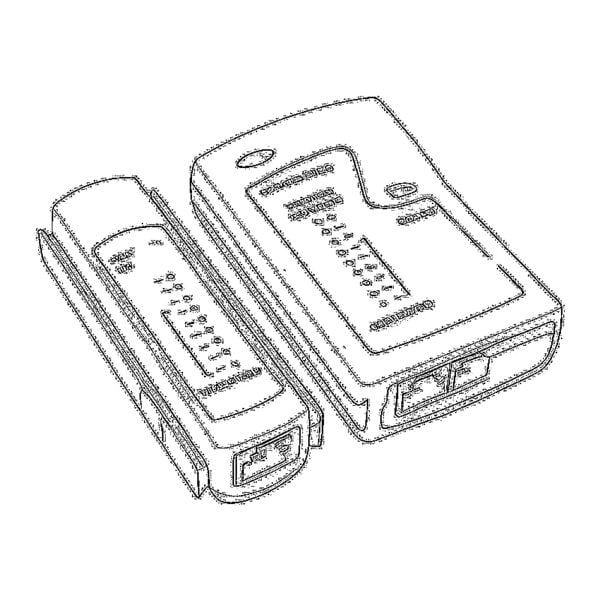 Copper Tools
Copper Tools